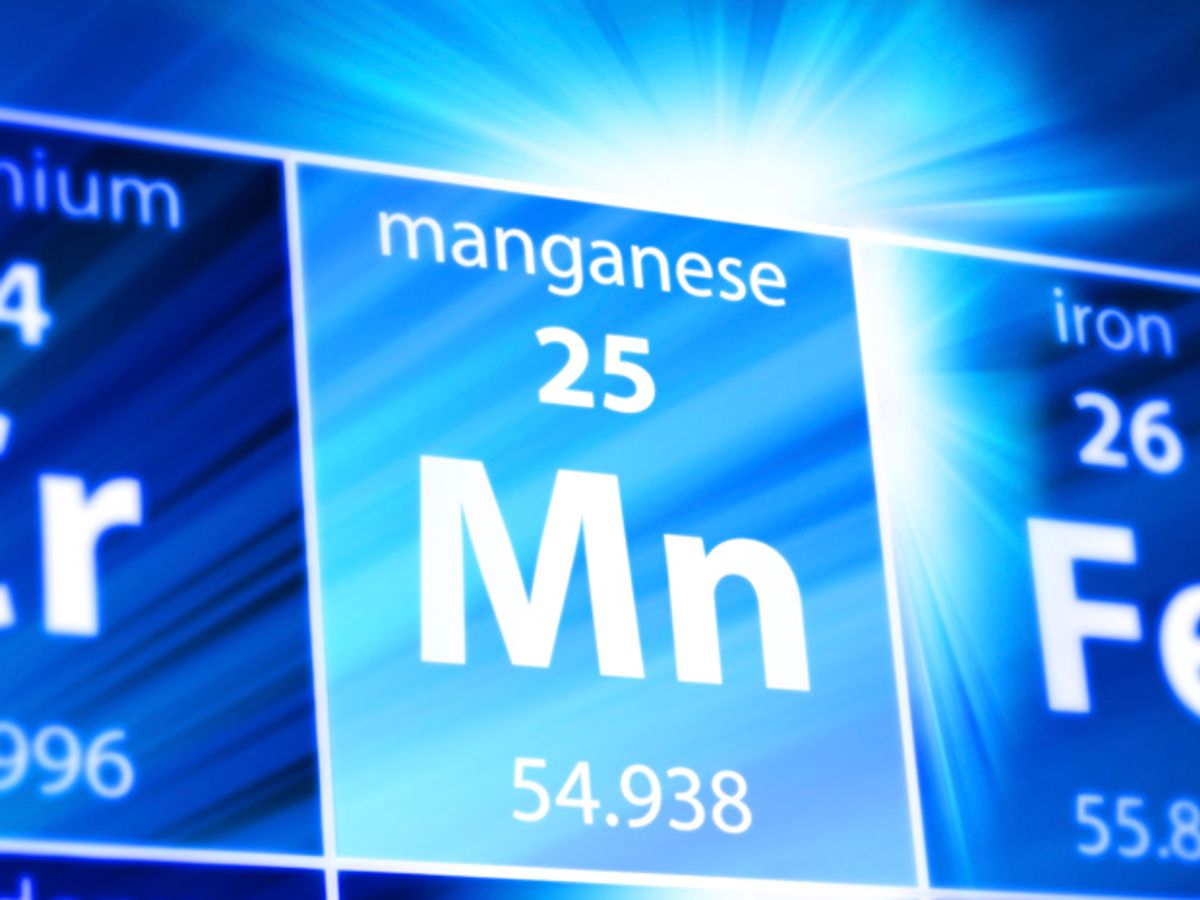Scientists have unexpectedly discovered the first manganese-based superconductor, an element whose magnetism was thought to be too strong to permit superconductivity. This research might lead to new superconductors that can better resist magnetic disruption.
Superconductors are materials that conduct electricity without dissipating energy. Superconductivity relies on electrons not repelling each other as they do in ordinary materials, but instead forming delicate couples known as Cooper pairs, which can flow with zero resistance.
Scientists had long thought magnetism prevented superconductivity because magnetic fields disrupt Cooper pairs. However, in the past few decades, investigators have discovered several classes of superconductors that are also magnetic, such as organic superconductors and iron-based superconductors.
Now researchers at the Chinese Academy of Sciences' Institute of Physics in Beijing, and the University of Tokyo have discovered manganese phosphide can become superconducting, findings are scheduled to appear online March 16 in the journal Physical Review Letters. Because physicists had thought the magnetism of manganese was too strong to allow superconductivity, this discovery suggests more superconductors could be found among magnetic materials.
Manganese phosphide is a helical magnet, in which the arrangement of magnetic spins forms a spiral. The key to making this material superconducting was pressurizing it, a method that the scientists found worked last year with another helical magnet, chromium arsenide.
A high pressure of roughly 8 gigapascals suppressed manganese phosphide's magnetism, leading to superconductivity at the super-cold temperature of about 1 Kelvin, 1 degree above absolute zero. For comparison, 1 gigapascal is nearly 10 times greater than the pressure at the bottom of the Mariana Trench, the deepest part of the ocean.
Future research can investigate why helical magnets such as manganese phosphide and chromium arsenide can become superconducting while other helical magnets such as manganese silicide do not, even when high pressure suppresses their magnetism, the investigators said. The difference could lie in how their different crystal structures do or do not permit electrons to pair up. Such research could yield new clues on the relationship between superconductivity and magnetism.
Charles Q. Choi is a science reporter who contributes regularly to IEEE Spectrum. He has written for Scientific American, The New York Times, Wired, and Science, among others.



